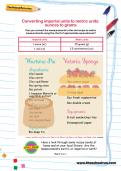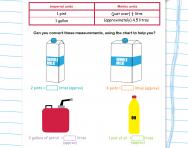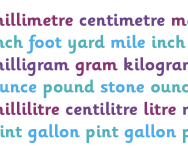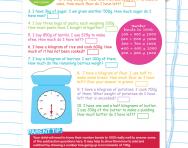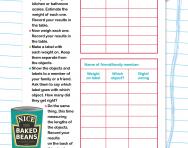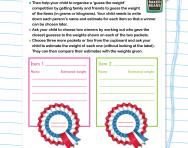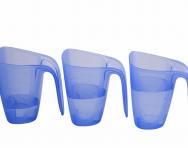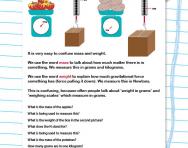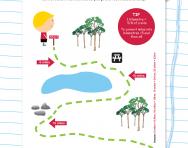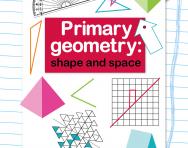Converting measurements
Can you convert the measurements in this old recipe to metric measurements using the chart of approximate equivalences?
Why is it important to learn how to convert measurements in KS2?
Knowing how to convert measurements is important for several practical reasons:
- Different countries may use different units of measurement. For example, some countries use the metric system (like meters and kilograms), while others use the imperial system (like feet and pounds).
- In certain fields, such as science, engineering, and manufacturing, precise measurements are crucial. Converting measurements ensures that data and specifications are consistent and accurate, preventing errors and misunderstandings.
- Converting measurements is often necessary in daily life. For instance, when following a recipe, you may need to convert volumes or weights between different units.
Learning how to convert measurements at an early age will be a valuable skill throughout your child's life.
How will this worksheet help my child convert measurements?
This KS2 resource focuses on converting ounces to grams. It provides your child with a chart of approximate equivalences (which is a fancy way of saying conversion chart!) that they can use to help them work out the measurements in the recipe and convert the ounces to grams. The answers are provided at the bottom of the worksheet.
For more information and resources about converting measurements, check out our hub page on weights and measurements.
DOWNLOAD THIS RESOURCE INSTANTLY
with a 14-day FREE trial!
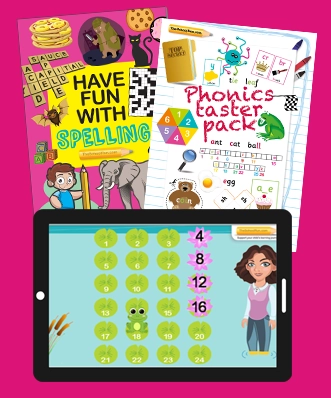
- Thousands of English, maths & science printable and interactive resources
- Weekly learning plan for your child
- Downloadable learning packs & workbooks
FREE for 14 days then £5.99/month
*£0 TODAY*
Cancel anytime
*£0 TODAY*
Cancel anytime
